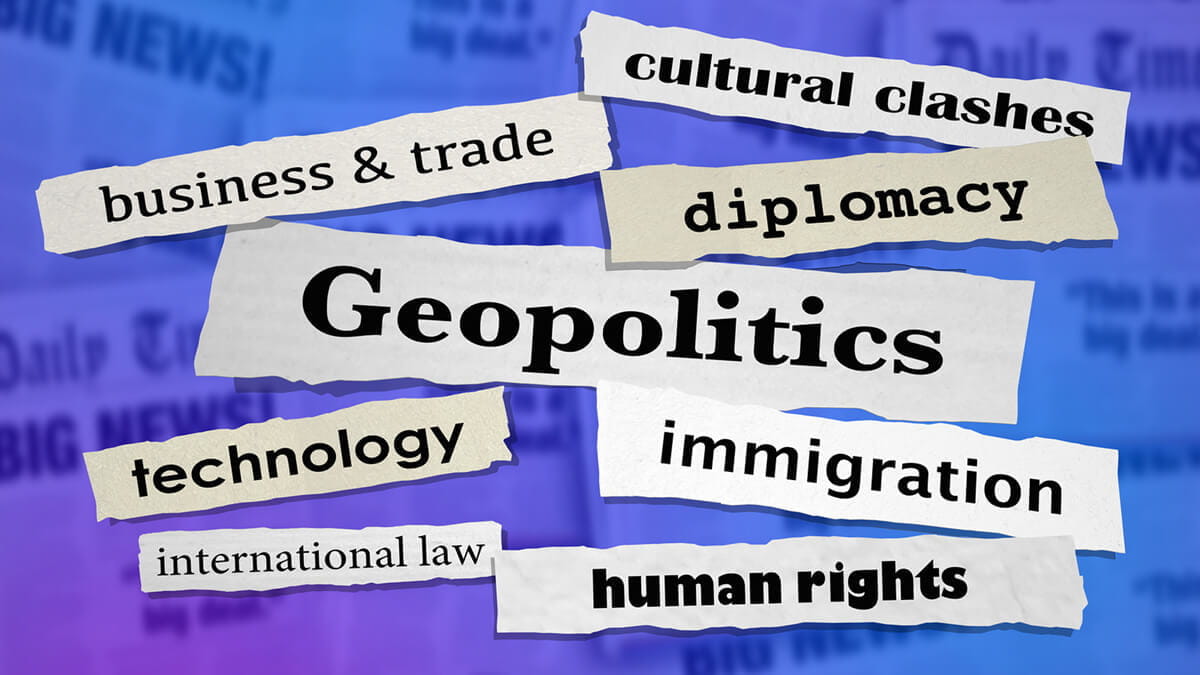The Persian Gulf has been one of the most critical regions when it comes to global affairs over the past century, and many of the issues and complexities the region faces today are due to a long and interesting history of many different civilizations, empires, and geopolitical influences.
Many people choose to explore the geopolitical and economic history of the region to help them analyze the current events going on in the Persian Gulf. Others, like geopolitical expert Amir Handjani, bring their expertise to the field through a government or legal lens, which allows them to provide valuable insights and perspectives on the region’s dynamics.
This article will be covering a few different lenses that may help you see the geopolitics of the Persian Gulf in new ways by looking at what is going on through different perspectives.
The Historical Lens
During ancient times, the Persian Gulf was most well known for acting as a middleman between Africa and Asia, as they shipped goods between places as far as China and East Africa at the time.
Due to the gulf’s long history, it has been under the control of countless empires, which has resulted in the numerous different cultures and cities being established there. As time went on, more and more ports and settlements would pop up along the coasts making the region into one of the world’s most important geostrategic locations.
Some notable names that have controlled areas within the gulf are: The Sumerians, The Babylonian Empire, The Parthian Empire, The Roman Empire, The Islamic Caliphates, The Portuguese Empire, The Ottoman Empire, and even The British Empire. This has no doubt left an impact on the region in countless ways, and knowing the history of these empires’ influences over the region is very valuable when it comes to understanding the geopolitics of the Persian Gulf.
The International Relations Lens
An equally as important and fascinating lens is the international relations lens. There are a lot of different factors to look at when trying to gauge the geopolitics of this region, and having a clear understanding of how the various governments in the region interact with one another could prove to be helpful when trying to decipher the motives and reasons behind various events occurring.
For the purposes of this article, we’re only going to be covering the relationship between the governments of Iran and Saudi Arabia as they are considered to be the two most influential and prominent countries in the Persian Gulf.
Saudi Arabia and Iran’s governments are bitter rivals, and while they have never declared war on each other, they fight indirectly by supporting opposing sides in civil wars like in Iraq, Syria, and Yemen. The effects have been devastating on the region, as the countries are much smaller and poorer than Saudi Arabia, which are the #1 and #2 richest countries in the region respectively, and #19 and #26 in the world according to worldometers.info.
The Governmental Lens
The third lens is the governmental lens. Understanding the differences in how the varying governments in the region function will be monumental in analyzing the current relationships between countries in the regions and why events are unfolding the way they are.
Many countries in the Persian Gulf have monarchies, such as Saudi Arabia, Oman, United Arab Emirates, Qatar, and Kuwait. Others, such as Iran and Iraq are parliamentary or presidential republics.
While some countries are republics on paper, it’s important to understand that it may not reflect on the actual levels of democracy, political freedoms, and citizen rights in the country. For example, Kuwait scores a 37/100 according to freedomhouse.org, while it is a constitutional monarchy. Iran, on the other hand, scores 12/100 with a republic system.
The Economic Lens
As we mentioned earlier in the article, Saudi Arabia and Iran hold the #1 and #2 spots respectively in the region, but what about the other countries? Understanding which countries are the most well off will give valuable insights into understanding which ones have the most influence over the region and abroad.
When sorted by GDP per capita (average income per person), Qatar is the richest country in the region and 7th richest in the world with an estimated $61,264 per person living in the country. Ahead of countries like France, the United Kingdom, Italy, and Japan, the United Arab Emirates are the 29th richest and 2nd richest in the region when sorted by GDP per capita.
On the contrary, countries such as Iraq and Yemen suffer economic struggles and rank very poorly globally compared to their neighbors. These countries have been plagued by corruption and war brought by foreign parties, causing their economies to plunder. Yemen, for example, is ranked 98th in the world with a GDP per capita of just $1,123.
Conclusion
To conclude this article, examining the geopolitics of the Persian Gulf through different lenses can be very helpful in providing a new look at the region’s complex issues. The historical lens, international relations lens, governmental lens, and economic lens should all provide a different insight and perspective on the various events the region faces today, and will confront in the future.

